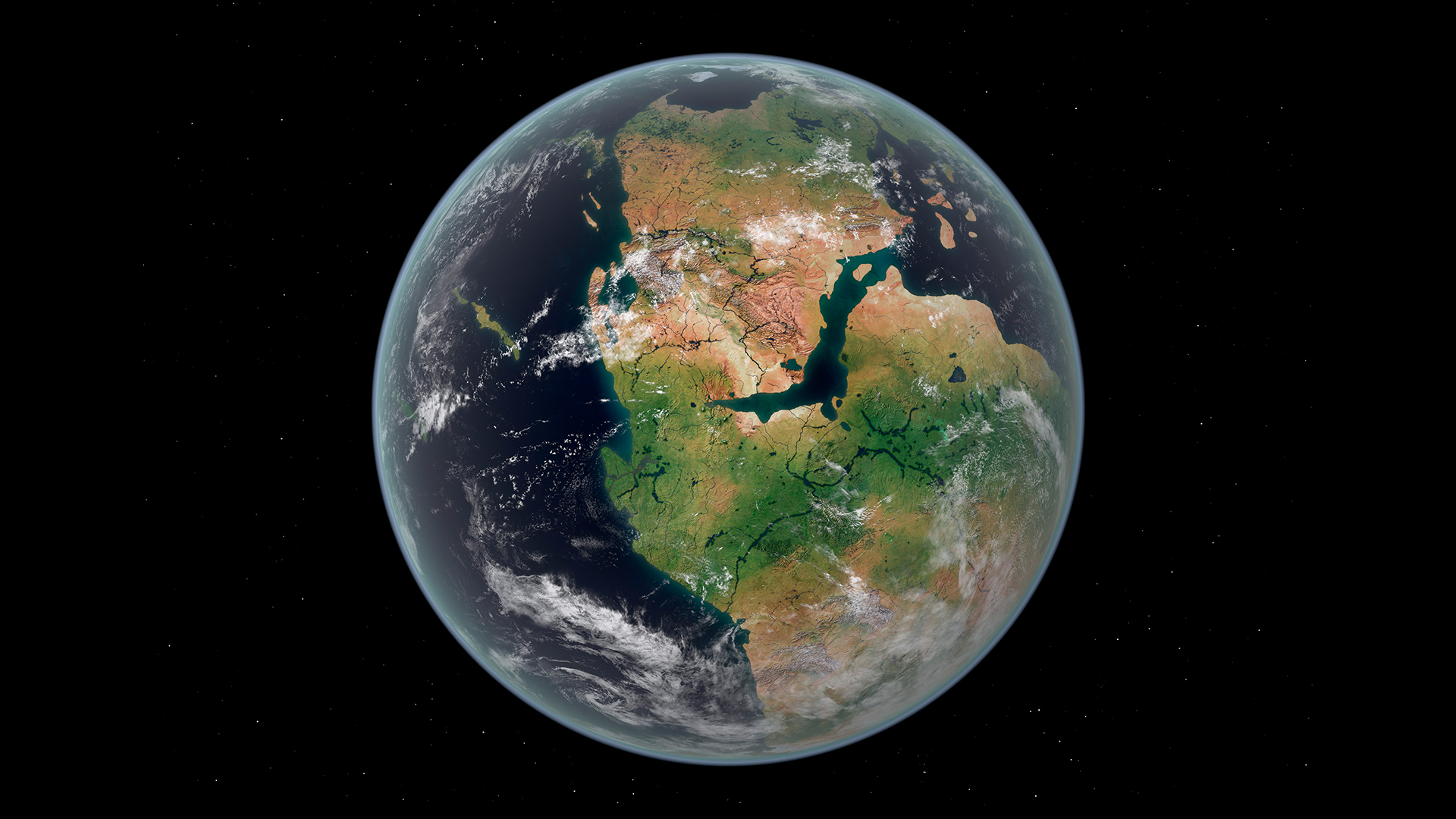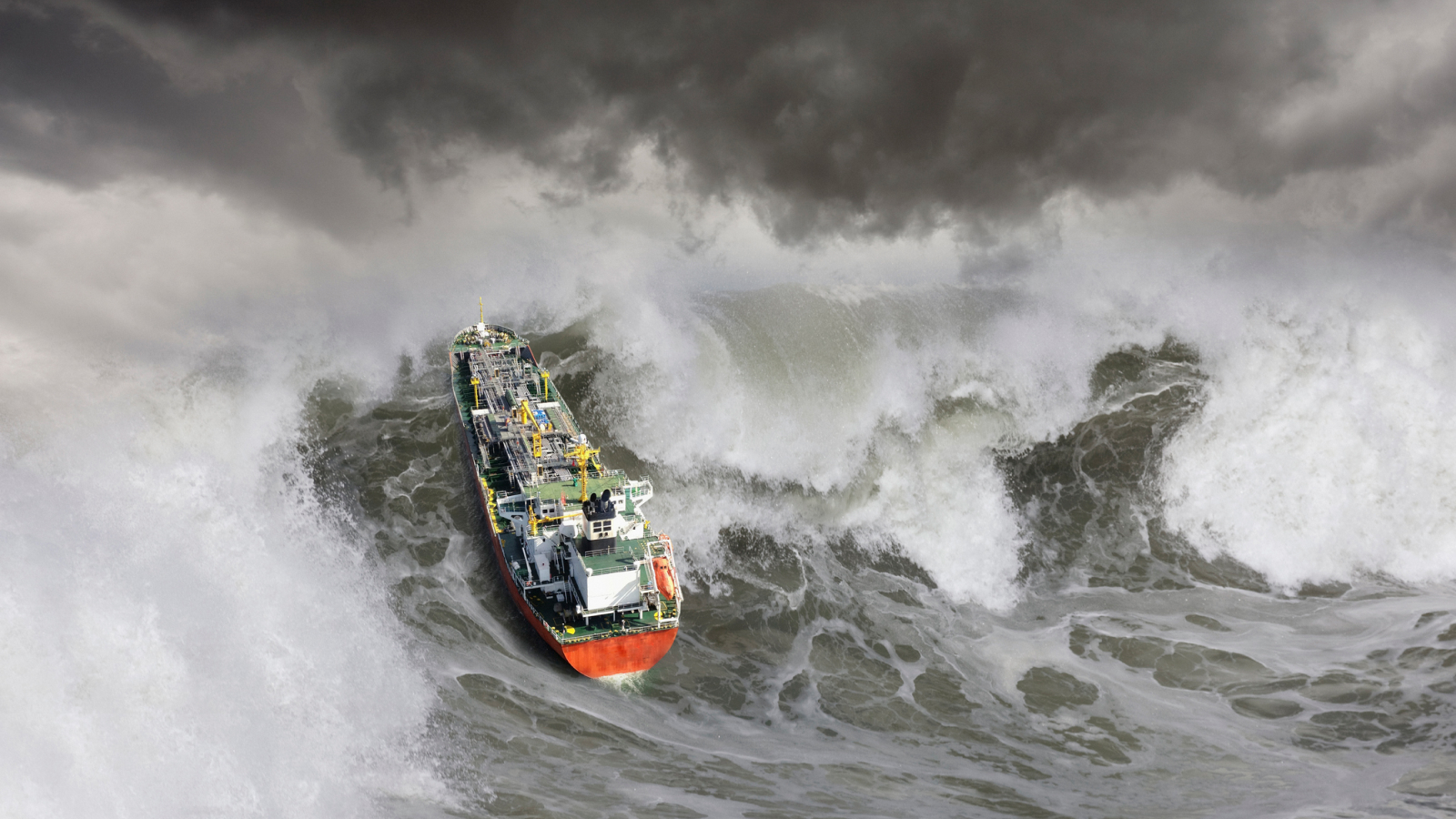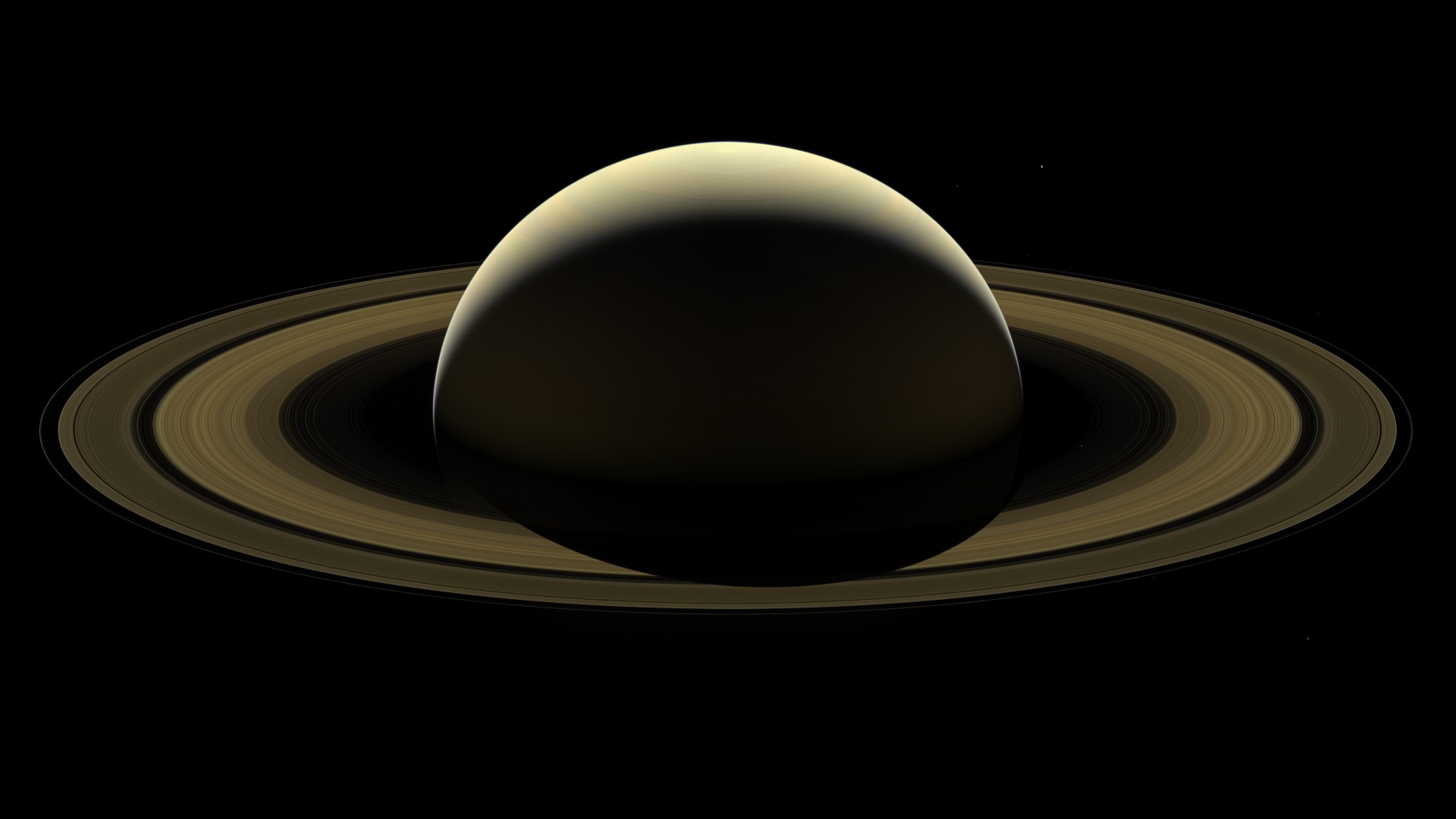Plate Tectonics
Latest about plate tectonics
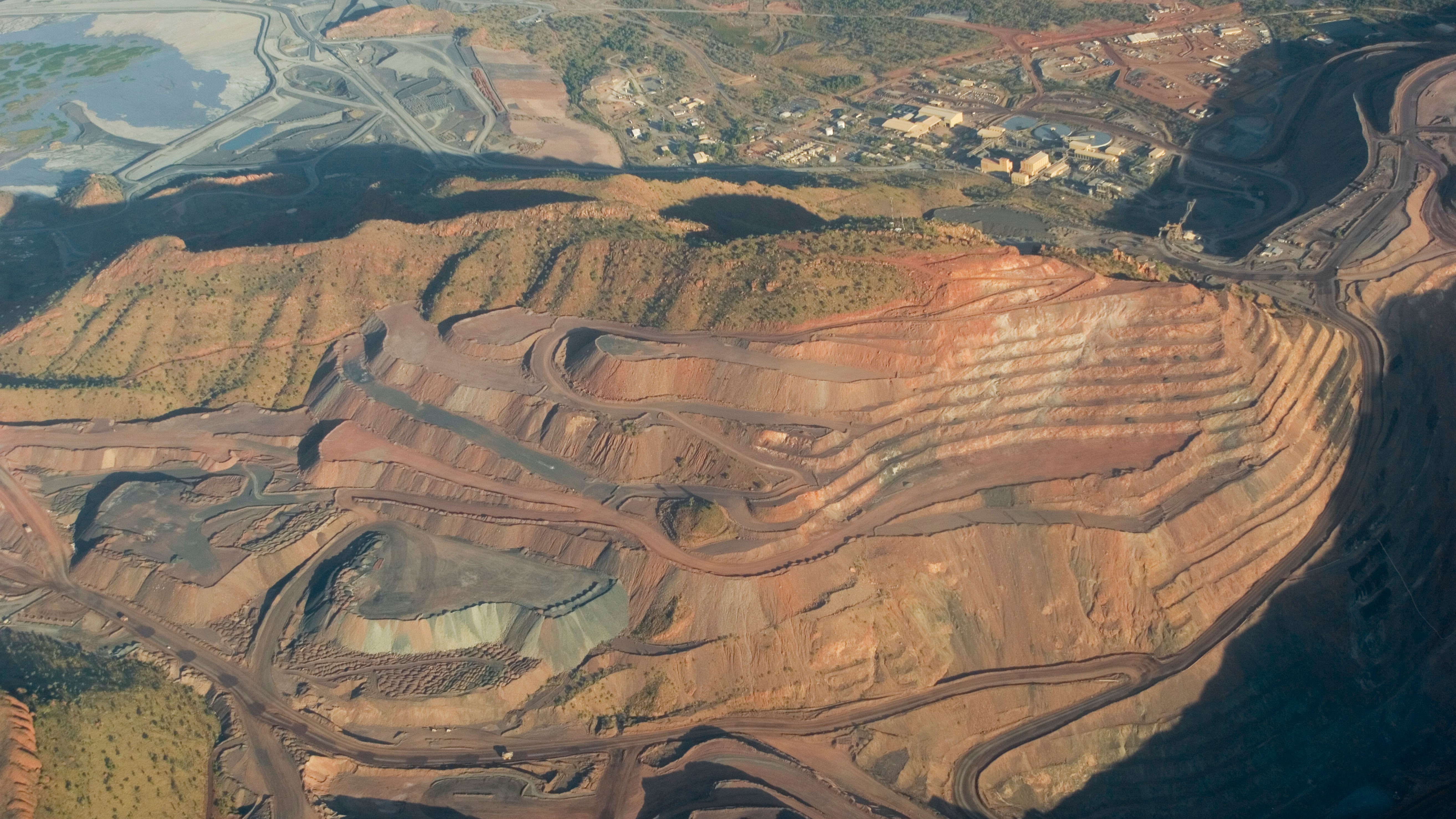
Argyle mine: Earth's treasure trove of pink diamonds born during a supercontinent's break up
By Sascha Pare published
During 37 years of operations, the now-closed Argyle mine produced more than 865 million carats (191 tons) of rough diamonds and 90% of the world's pink diamonds.
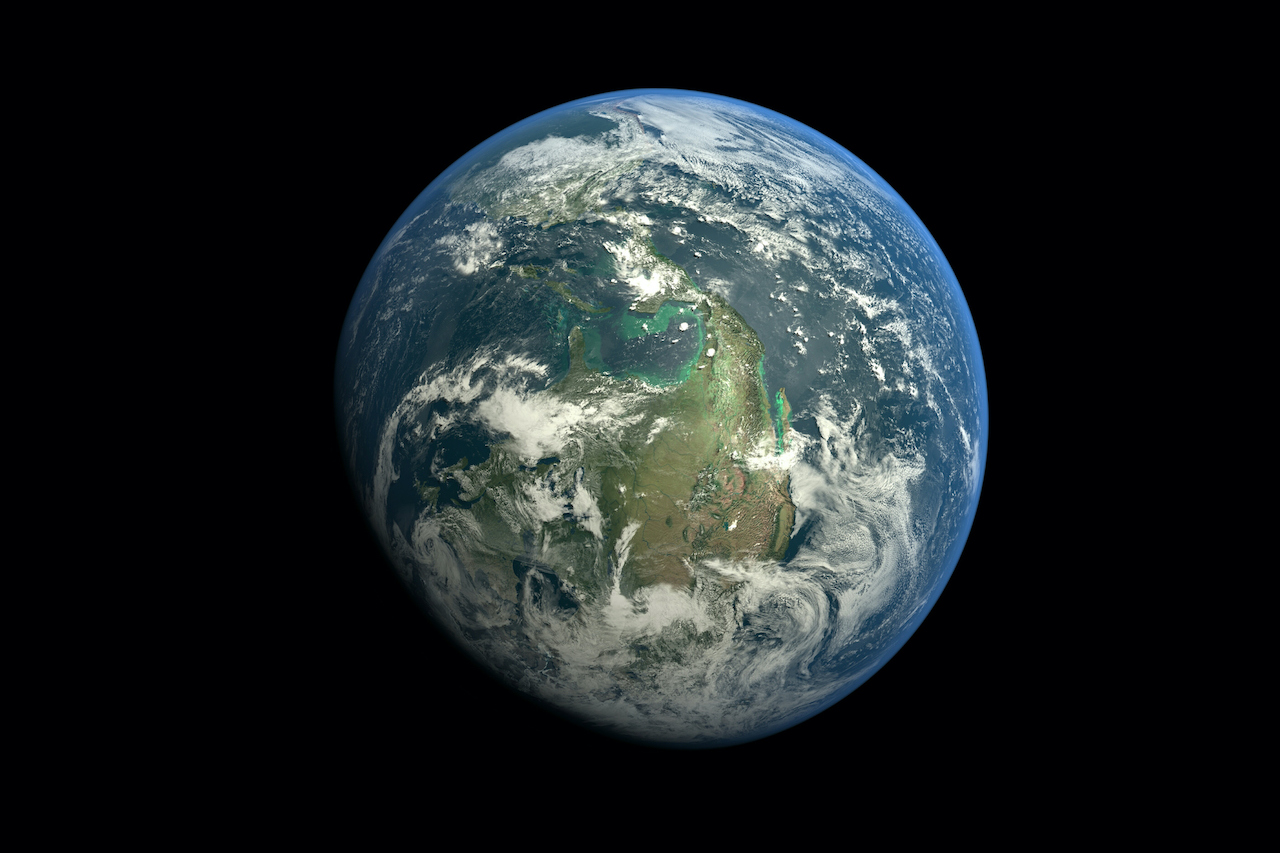
50 interesting facts about Earth
By Stephanie Pappas, Robert Roy Britt, Ailsa Harvey last updated
Reference We've collected some of the most interesting and amazing facts about Earth
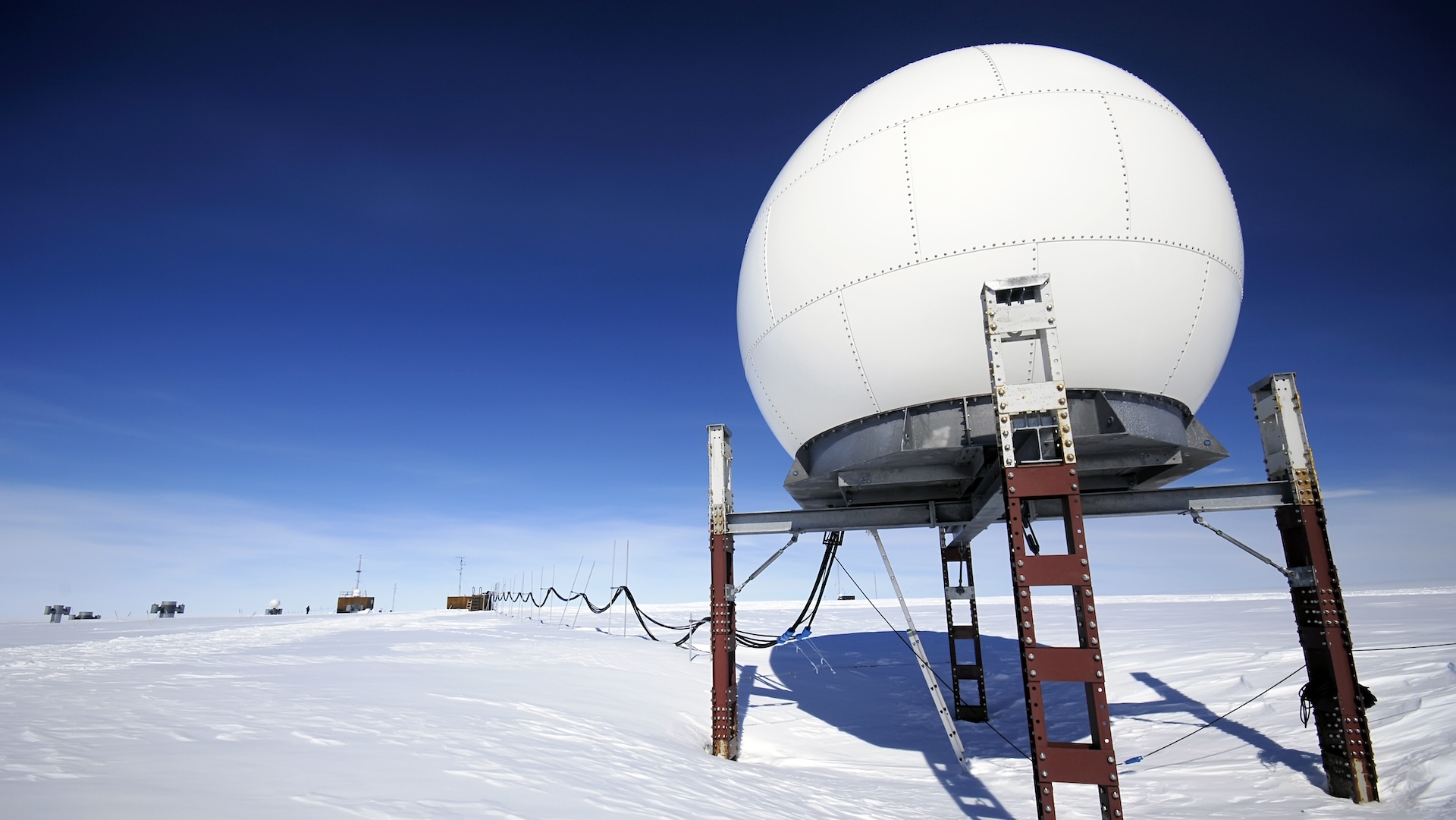
Weird blobs lurking near Earth's core may have been dragged from the surface
By Stephanie Pappas published
A new study of seismic data from Antarctica finds that the mantle may be stranger and more variable than previously believed, with pieces of ancient crust that have been dragged down by tectonic forces.
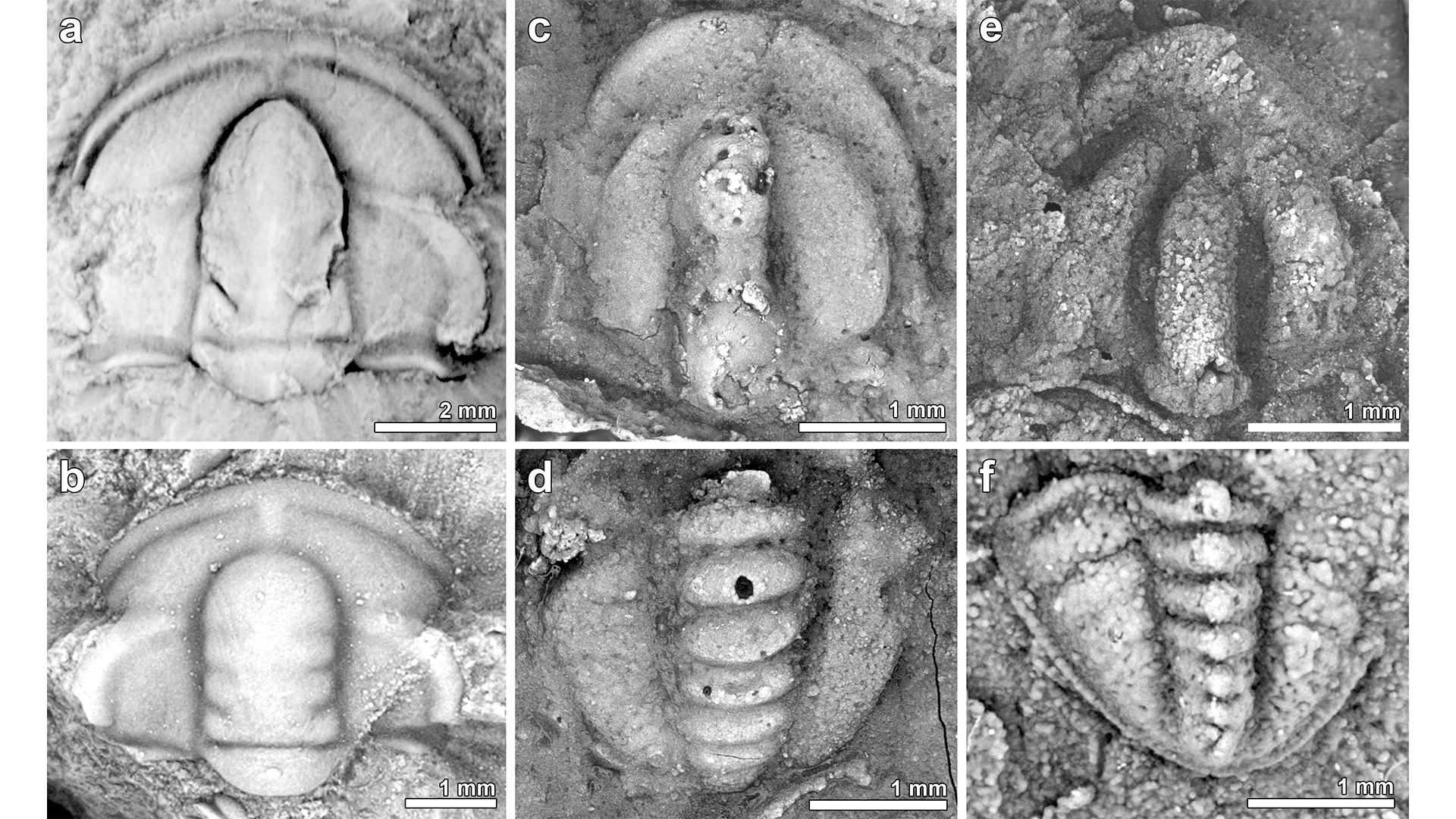
Mass die-off half a billion years ago caused by shifting tectonic plates, ancient rocks reveal
By Stephanie Pappas published
A large extinction in the midst of the expansion of life during the Cambrian period was caused by the tectonics of a supercontinent, new research argues.
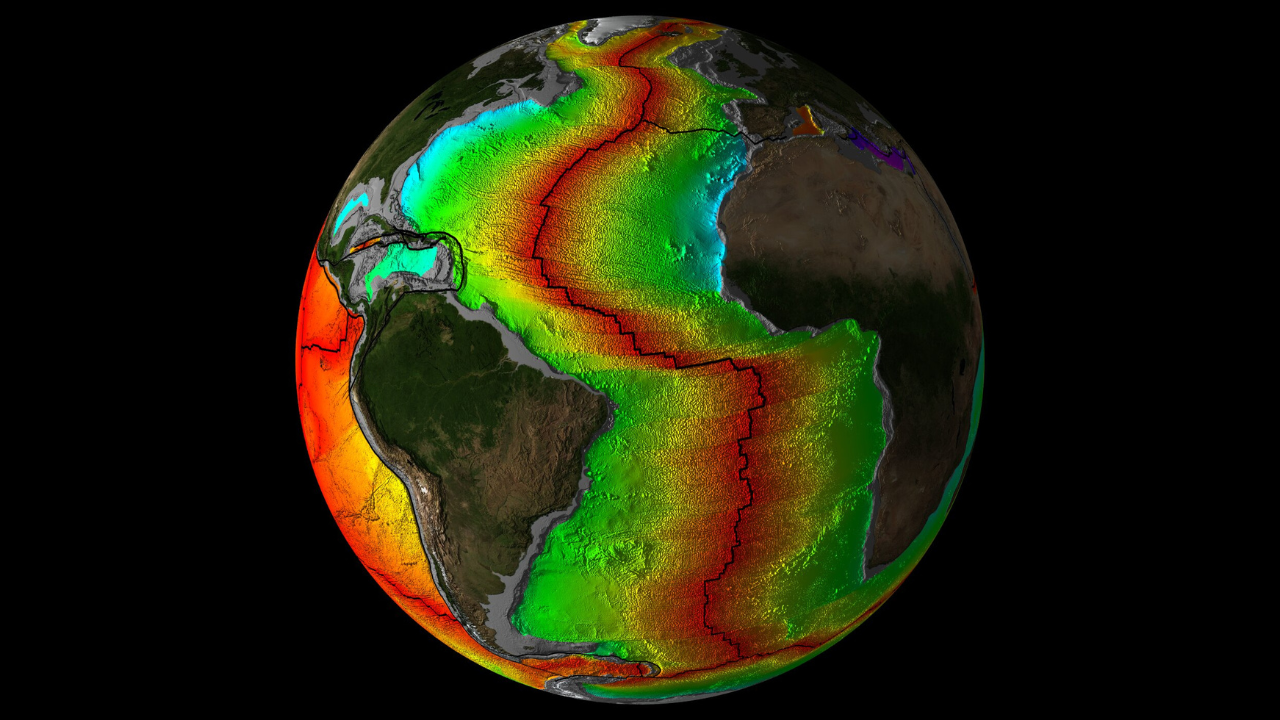
Sleeping subduction zone could awaken and form a new 'Ring of Fire' that swallows the Atlantic Ocean
By Sascha Pare published
A modeling study suggests a slumbering subduction zone below the Gibraltar Strait is active and could break into the Atlantic Ocean in 20 million years' time, giving birth to an Atlantic "Ring of Fire."
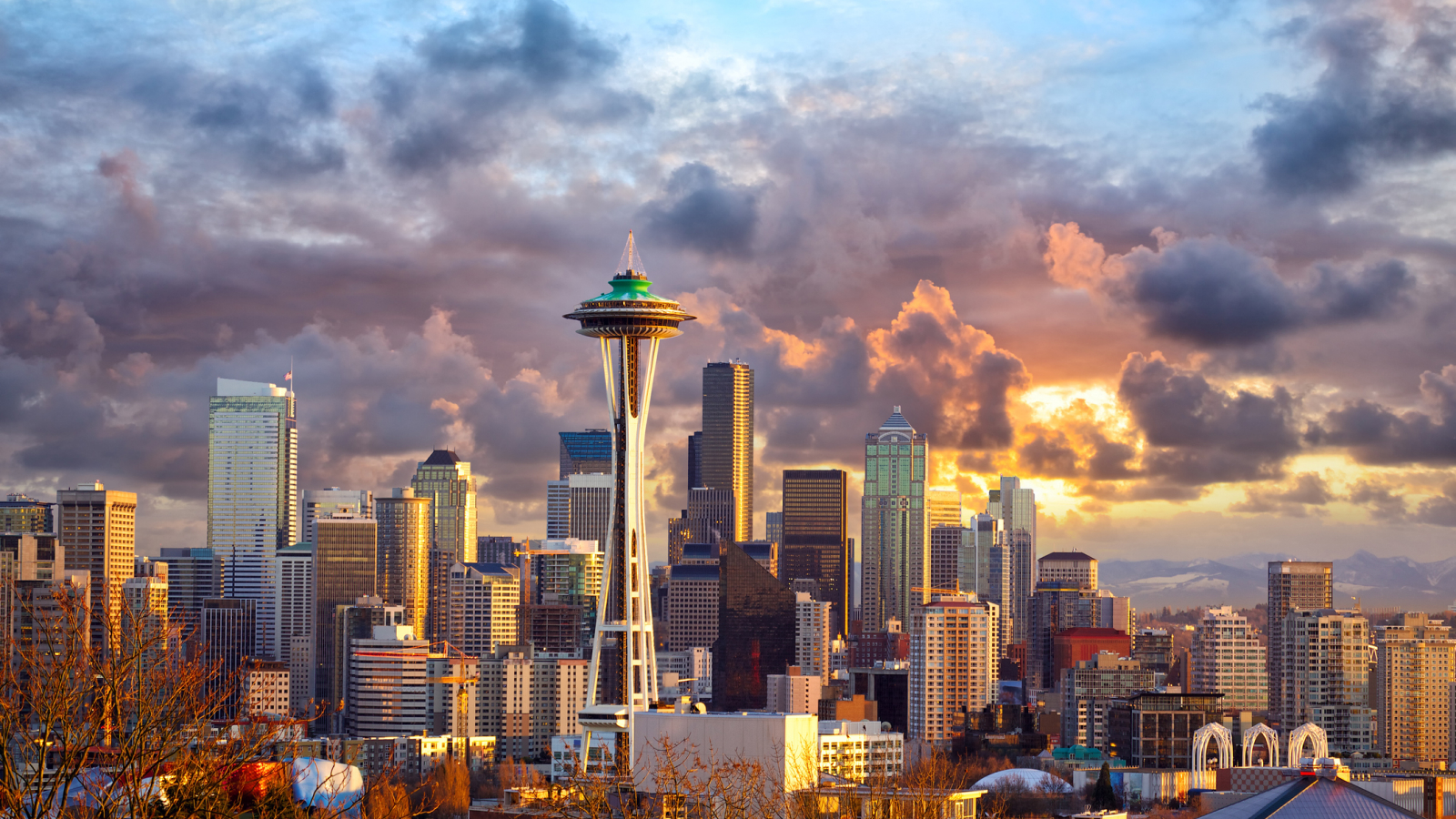
Seattle's massive fault may result from oceanic crust 'unzipping itself' 55 million years ago
By Sascha Pare published
Magnetic data suggest Seattle's fault line formed 55 million years ago, when the southern half of a subducting chain of volcanic islands piled onto the continent and tore apart from the northern half.
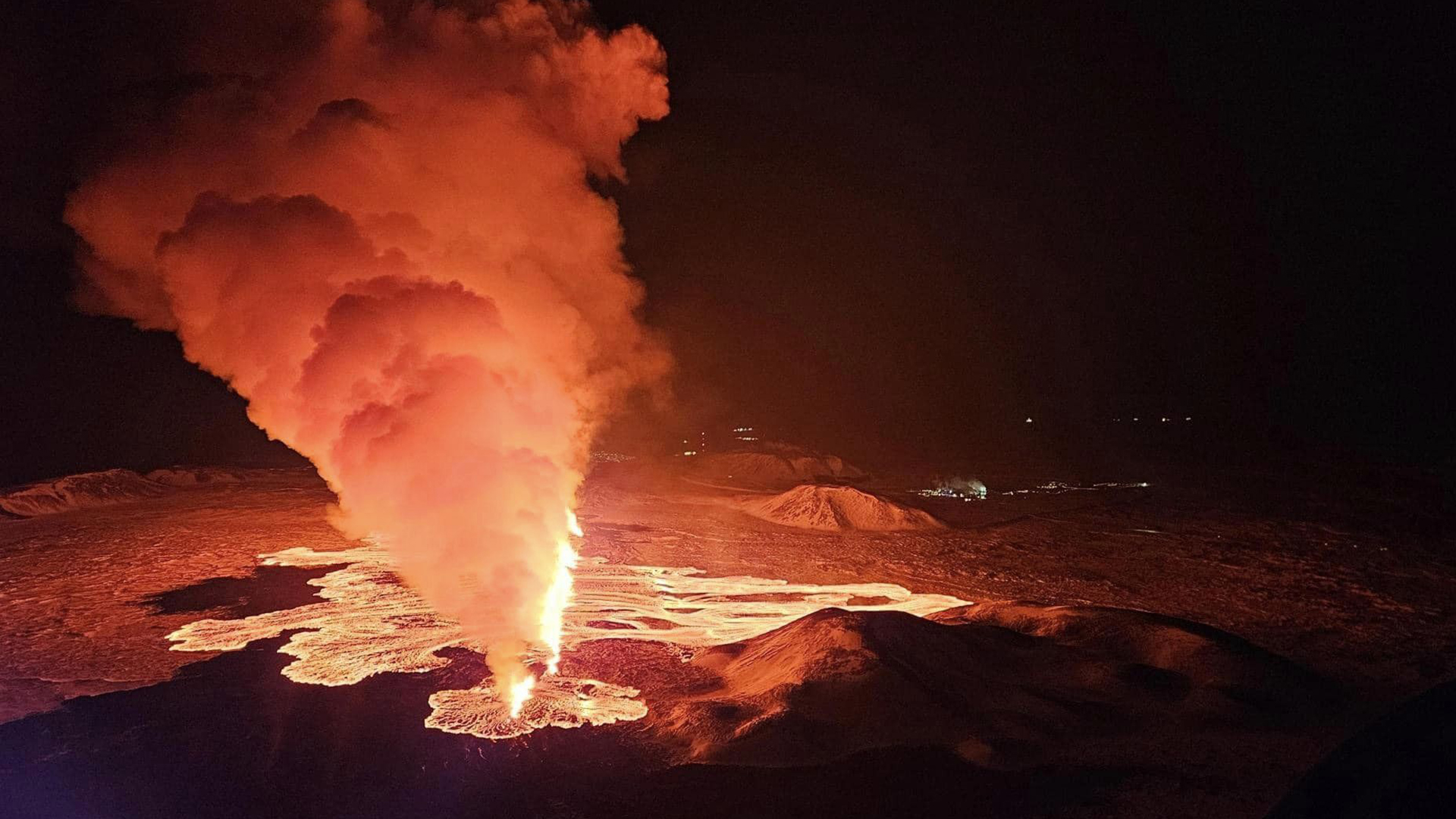
'We were very surprised': Magma under Reykjanes Peninsula rushed into Grindavík dike at a shockingly fast rate
By Hannah Osborne published
Magma flowed into the dike beneath Grindavík at a rate almost 100 times higher than what was seen in the eruptions that took place between 2021 and 2023.
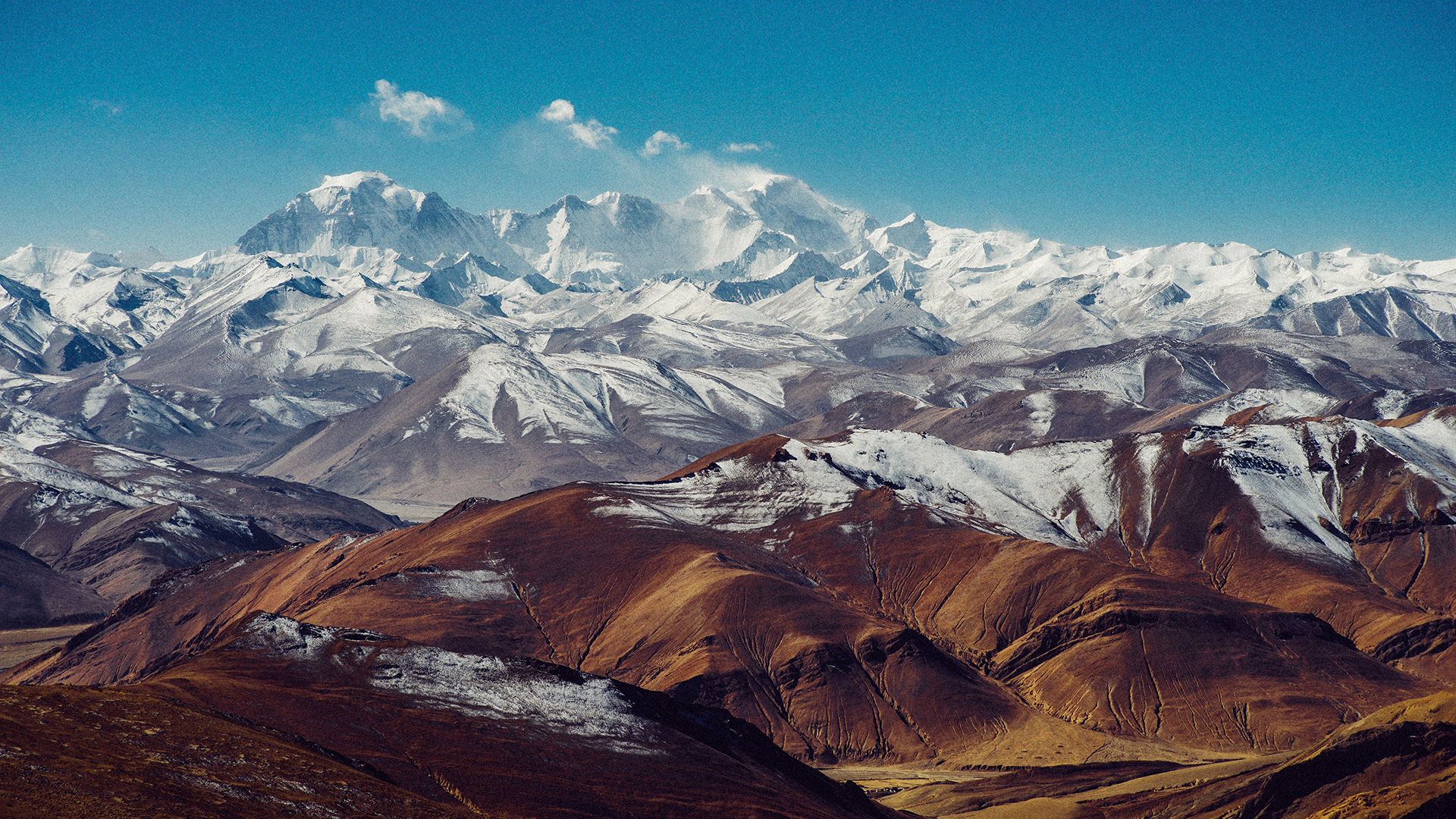
Massive tectonic collision causing Himalayas to grow may also be splitting Tibet apart
By Stephanie Pappas published
The Indian plate may be peeling into two as it slides under the Eurasian plate, tearing Tibet apart in the process.
Sign up for the Live Science daily newsletter now
Get the world’s most fascinating discoveries delivered straight to your inbox.
